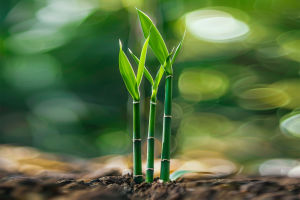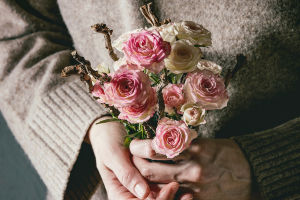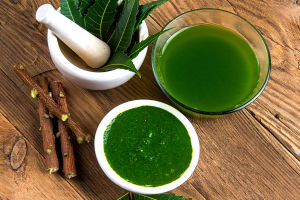Have you ever wondered what it feels like to encounter a flower so enormous it defies expectations? Imagine a bloom as wide as a small table, spreading its massive petals in the heart of a dense forest.
This is not a scene from a fantasy movie — it's the reality of the Rafflesia arnoldii, commonly known as the giant or corpse flower, famous for being the world's largest single flower.
Unlike delicate garden blooms, the Rafflesia commands attention not only because of its size but also due to its mysterious and unusual lifestyle. It grows in tropical rainforests and remains largely hidden until the rare moment it bursts open, revealing a giant blossom that can measure over one meter (about 3 feet) in diameter. Yet, despite its grandeur, this flower's story is one of secrecy, survival, and fascinating biological adaptations.
A Flower Like No Other
The Rafflesia arnoldii is not a typical plant. It doesn't have leaves, stems, or roots that you might expect. Instead, it lives as a parasitic organism, relying entirely on its host vine, usually a member of the genus Tetrastigma. It invades the host's tissue and steals water and nutrients, silently growing inside until it is ready to bloom.
This parasitic lifestyle means that the flower often appears suddenly and briefly, emerging from the host vine as a giant reddish bloom with thick, fleshy petals. The surface of the petals is textured, almost leathery, and covered with spots or markings, adding to its exotic appearance.
The Stinky Secret
One of the most curious aspects of the giant flower is its smell. Often called the "corpse flower" because of its foul odor, the Rafflesia emits a scent similar to rotting flesh. This scent is not a flaw; it's an ingenious strategy to attract pollinators such as carrion flies and beetles that are naturally drawn to dead animals.
By mimicking the smell of decay, the flower tricks these insects into visiting it, thereby facilitating pollination. The odor is so strong and pungent that it can be detected from several meters away.
Ephemeral Beauty
The flowering phase of the Rafflesia arnoldii is astonishingly brief. After weeks or even months of growth hidden inside the host, the bloom itself only lasts between 5 to 7 days. During this short window, the flower reaches full size and emits its infamous scent.
Once the flowering period ends, the petals begin to wilt and collapse, and the flower dies back into the host. This fleeting existence makes witnessing a Rafflesia bloom a rare and treasured event, often requiring patience and a bit of luck for botanists and nature enthusiasts alike.
Why Should We Care?
Beyond its fascinating biology, the giant flower is a symbol of rainforest biodiversity and ecological complexity. It highlights how many species depend on subtle interactions to survive. Unfortunately, habitat loss and deforestation threaten the Rafflesia's natural homes, making conservation efforts critical.
Experts like Dr. Clare V. Robinson from the Rainforest Trust emphasize that protecting habitats benefits not just charismatic species like the Rafflesia but also countless other plants and animals sharing the ecosystem. The presence of such a unique plant indicates a healthy, balanced environment.
Experiencing the Giant Bloom
If you dream of seeing the Rafflesia in person, certain places like Sumatra and Borneo in Southeast Asia are famous for their populations of this giant flower. While access can be challenging due to dense forest and limited blooming times, guided eco-tours offer the best chance to witness the spectacle.
Travel tips include:
1. Best time to visit: Blooming usually occurs during the rainy season, but exact timing can vary. Local guides and conservation centers often track bloom progress.
2. Entry fees: National parks hosting Rafflesia generally charge around $10 to $15 USD for entry.
3. Transportation: Access often involves trekking through tropical forests, so be prepared with proper gear and physical readiness.
4. Respect nature: Staying on marked trails and avoiding disturbance is essential to protect this rare flower and its habitat.
Nature's Giant Reminder
The Rafflesia arnoldii teaches us to appreciate the hidden wonders around us—things that don't shout for attention but instead reveal themselves in moments of rare beauty. Its size and smell are bold, but its short life span and mysterious growth remind us that nature often balances extremes delicately.
So next time you think about flowers, remember the giant bloom that relies on disguise, surprise, and fleeting presence to thrive. Its story isn't just about being the biggest flower—it's about the remarkable strategies life evolves to survive and fascinate us.
Are you curious to see this natural marvel someday? The giant flower awaits those patient and respectful enough to seek it in the wild.


